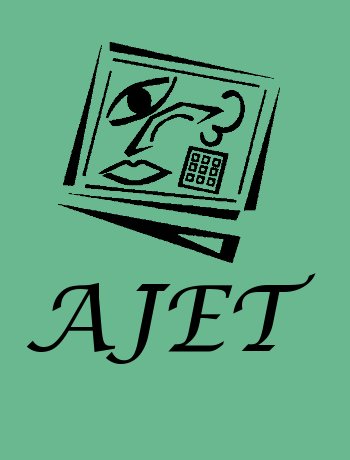
Seeing eye-to-eye on ICT: Science student and teacher perceptions of laptop use across 14 Australian schools
ARTICLE
Simon Crook, Manjula Sharma, Rachel Wilson, Derek Muller, University of Sydney, Australia
Australasian Journal of Educational Technology Volume 29, Number 1, ISSN 0814-673X Publisher: Australasian Society for Computers in Learning in Tertiary Education
Abstract
As schools start investigating and investing in the idea of 1:1 iPads and tablets, are there any lessons that can be learnt from recent 1:1 laptop deployments? In Australia, since 2008, 1:1 laptops have been introduced into every secondary school. This study reports on a survey designed to investigate frequency and type of laptop use, and the alignment of teacher and student perceptions of that use. Data was obtained from 14 secondary schools from the Catholic Education Office Sydney, involving responses from 1245 Grade 10 science students and 47 science teachers. As part of the analysis, bubble graphs are used to visually represent a teacher's alignment/misalignment with their students' self-reported practices. Results show student and teacher perceptions of use were usually relatively aligned though sometimes very contrasting. The alignment was measured with the use of a 'Misalignment Index'. Three distinct types of teacher/student alignment or misalignment emerge from a graphical analysis of the data. Of the teachers and students sampled, some 30% of teachers were highly aligned, 55% had medium alignment and 15% were badly misaligned with their respective students. Potential uses of the Misalignment Index and analysis tools are discussed.
Citation
Crook, S., Sharma, M., Wilson, R. & Muller, D. (2013). Seeing eye-to-eye on ICT: Science student and teacher perceptions of laptop use across 14 Australian schools. Australasian Journal of Educational Technology, 29(1), 82-95. Australasian Society for Computers in Learning in Tertiary Education. Retrieved August 7, 2024 from https://www.learntechlib.org/p/112341/.
Keywords
Cited By
View References & Citations Map-
Examining Preservice Elementary Teachers’ Technology Self-Efficacy: Impact of Mobile Technology-Based Physics Curriculum
Deepika Menon, Towson University, United States; Meera Chandrasekhar, Dorina Kosztin & Douglas Steinhoff, University of Missouri-Columbia, United States
Contemporary Issues in Technology and Teacher Education Vol. 17, No. 3 (September 2017) pp. 336–359
-
Comparison of Technology Use Between Biology and Physics Teachers in a 1:1 Laptop Environment
Simon J. Crook, Manjula D. Sharma & Rachel Wilson, University of Sydney, Australia
Contemporary Issues in Technology and Teacher Education Vol. 15, No. 2 (June 2015) pp. 126–160
These links are based on references which have been extracted automatically and may have some errors. If you see a mistake, please contact info@learntechlib.org.
